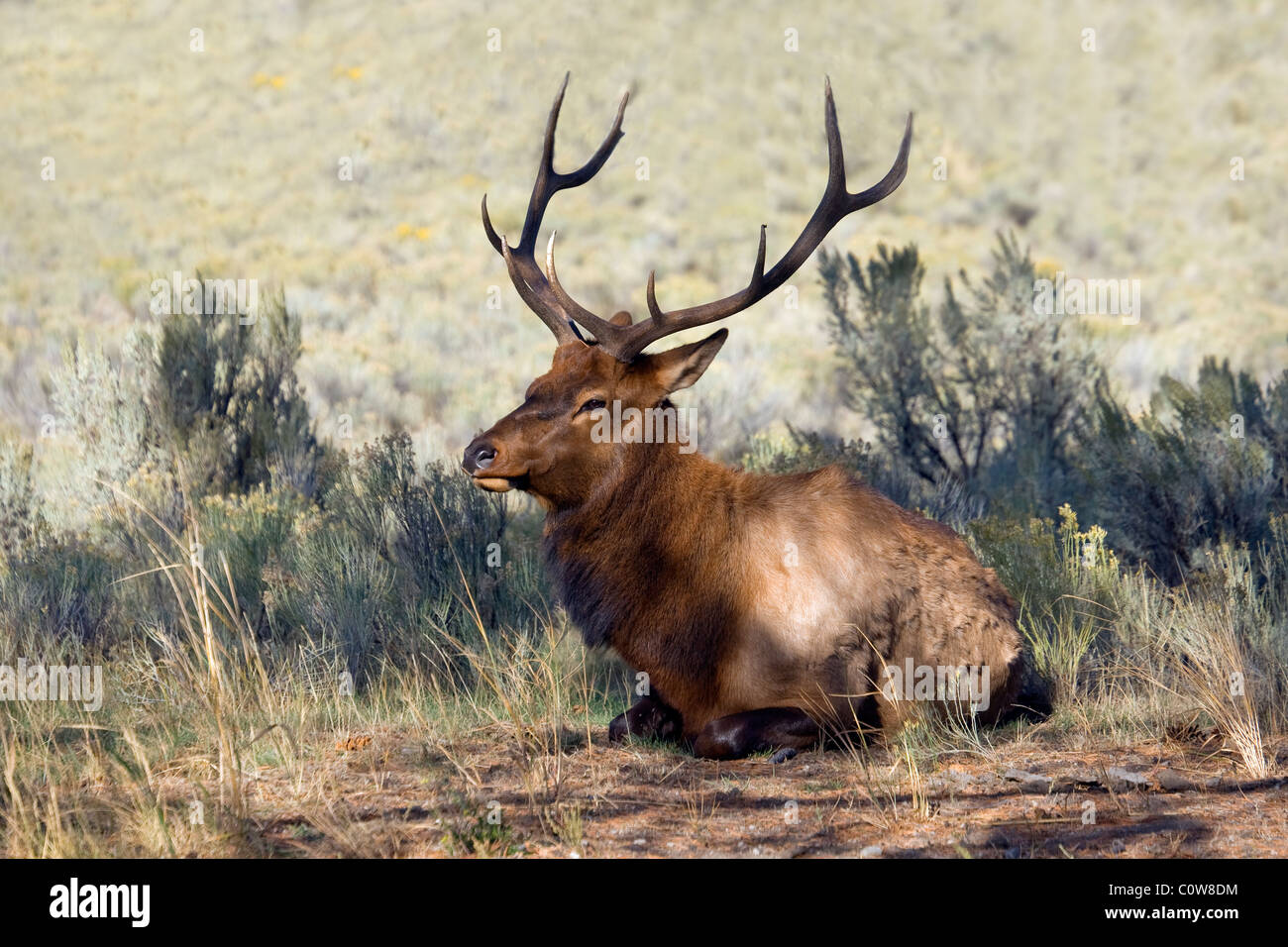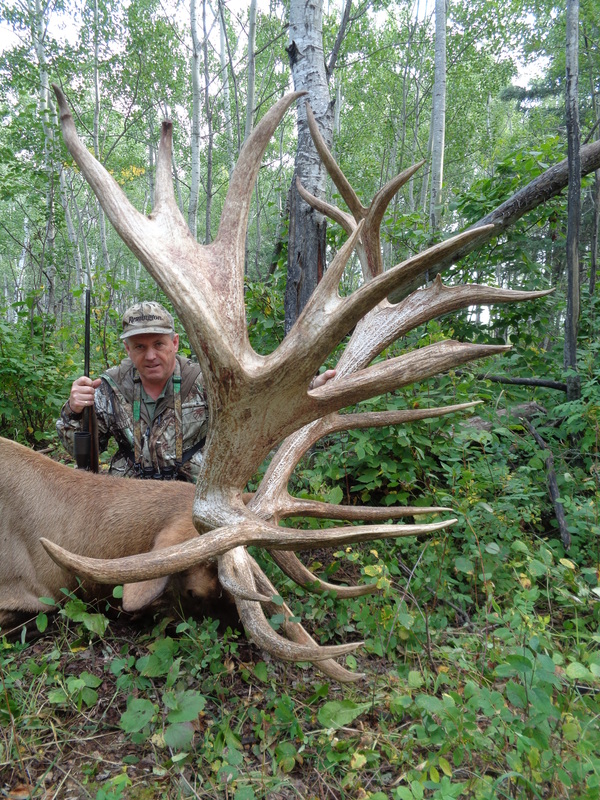


Largest roosevelt elk full#
full of many beastes, as redd dere" in his 1584 Discourse Concerning Western Planting. Richard Hakluyt refers to North America as a "lande. The American Cervus canadensis was recognized as a relative of the red deer ( Cervus elaphus) of Europe, and so Cervus canadensis were referred to as "red deer".

Noting that elk "is not the normal phonetic representative" of the Old English elch, the Oxford English Dictionary derives elk from Middle High German: elch, itself from Old High German: elaho. Later, the species became known in Middle English as elk, elcke, or elke, appearing in the Latinized form alke, with the spelling alce borrowed directly from Latin: alces. By the 8th century, during the Early Middle Ages, the moose was known as Old English: elch, elh, eolh, derived from the Proto-Germanic: *elho-, *elhon- and possibly connected with the Old Norse: elgr. In Classical Antiquity, the European Alces alces was known as Ancient Greek: ἄλκη, romanized: álkē and Latin: alces, words probably borrowed from a Germanic language or another language of northern Europe. Īccording to the Oxford English Dictionary, the etymology of the word "elk" is "of obscure history". There is a subspecies of wapiti in Mongolia called the Altai wapiti ( Cervus canadensis sibiricus), also known as the Altai maral. The name wapiti is from the Shawnee and Cree word waapiti (in Cree syllabics: ᐙᐱᑎ or ᐚᐱᑎ), meaning "white rump".
Largest roosevelt elk Patch#
elaphus are the former's wider rump patch and paler-hued antlers.īy the 17th century, Alces alces (called "elk" in Europe) had long been extirpated from the British Isles, and the meaning of the word "elk" to English-speakers became rather vague, acquiring a meaning similar to "large deer". Key morphological differences that distinguish C. Elk were long believed to belong to a subspecies of the European red deer ( Cervus elaphus), but evidence from many mitochondrial DNA genetic studies beginning in 1998 shows that the two are distinct species. Their meat is leaner and higher in protein than beef or chicken. In parts of Asia, antlers and their velvet are used in traditional medicines.

Some cultures revere the elk as having spiritual significance. Efforts to eliminate infectious diseases from elk populations, largely by vaccination, have had mixed success. Its adaptability may in fact threaten endemic species and the ecosystems into which it has been introduced.Įlk are susceptible to a number of infectious diseases, some of which can be transmitted to livestock. The elk has adapted well to countries where it has been introduced, including Argentina and New Zealand. Populations were present across Eurasia into Western Europe during the Late Pleistocene and survived into the early Holocene in southern Sweden and the Alps the extinct Merriam's elk subspecies ranged into Mexico. Although it is currently native to North America and central/eastern Asia, it had a much wider distribution in the past.
Largest roosevelt elk series#
Males also engage in ritualized mating behaviors during the rut, including posturing, antler wrestling (sparring), and bugling, a loud series of vocalizations that establishes dominance over other males and attracts females. Male elk have large antlers which they shed each year. canadensis.Įlk range in forest and forest-edge habitat, feeding on grasses, plants, leaves, and bark. The name "wapiti", derived from a Shawnee and Cree word meaning "white rump", is also used for C. The word "elk" originally referred to the European variety of the moose, Alces alces, but was transferred to Cervus canadensis by North American colonists. The elk ( Cervus canadensis), or wapiti, is one of the largest species within the deer family, Cervidae, and one of the largest terrestrial mammals in its native range of North America and Central and East Asia. Former (light green) and current (dark green) native ranges of Cervus canadensis


 0 kommentar(er)
0 kommentar(er)
